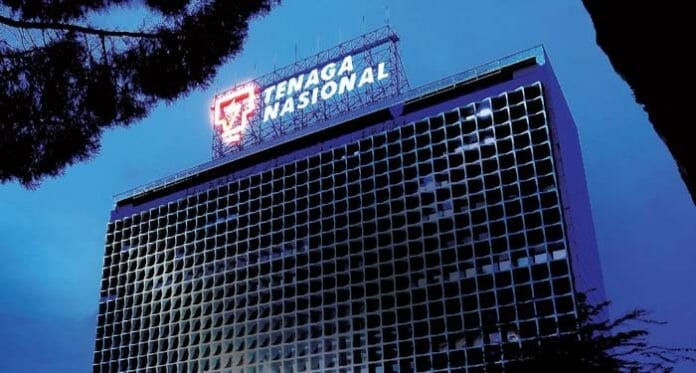The market remains NEUTRAL in the utility sector as most key stocks are fully valued. Having said that, the sector offers earnings defensiveness, particularly due to its regulated asset base model which provides recurring dividends for yield seekers. The recent softening of fuel prices augurs well for fuel consumers Tenaga and Petgas.
In its analysis of the sector, Kenanga projects electricity demand growth of 1.8% in CY23, which is slightly higher than the guided growth of 1.7% under the RP3 parameter. The demand growth will be driven largely by the recovery in the industrial sector in Peninsular Malaysia. In terms of fuel costs (for both coal and gas), the research house believes they have already peaked in 4QCY22. For instance, the Indonesian benchmark coal price has retracted by 5% YTD to an average of USD291/MT from USD307/MT in 4QCY22. As a result, TENAGA guided for a lower Imbalance Cost Passthrough (ICPT) of RM12.0b in 2HFY23 vs. RM16.2b in 1HFY23 (TENAGA will fully recover the amount from (i) a 20 sen/kWh ICPT surcharge from non-domestic customers, and (ii) an RM10.4b payment from the government. This will result in its ICPT receivables declining to RM12b by June 2023, from RM16.9b in 4QFY22. A strong cash flow will help to bring down TENAGA’s debts and interest serving costs. Recall, TENAGA was hit by high borrowing costs in 4QFY22 as it resorted to short-term borrowing to fund working capital due to ballooning under-recovery of fuel costs.
As for gas utilities, the earnings are expected to be intact despite lower WACC under RP2. A lower WACC under the RP2 for gas utilities commencing Jan 2023 is cushioned by the expanding regulated asset base (RAB). Kenanga estimates that the WACC under RP2 is at a high 7% for PETGAS and 7.3%-7.5% for GASMSIA. Additionally, under RP2, PETGAS is allowed
to pass through forex fluctuation and gas prices.
The softening of fuel prices recently also augurs well for TNB. This is because while it can pass on the higher fuel costs under the ICPT regime, there is always a time lag. Similarly, lower gas prices are positive to PETGAS as its non-regulated business, namely, the utilities division uses gas as fuel to generate and supply power, steam and industries gasses to industries. On the flip side, weaker gas prices work against GASMSIA as its retail margins are calculated based on a fixed percentage on the gas price.
With an improved operating environment (higher retail price and stable input cost) in Singapore, PowerSeraya and the newly acquired Tuaspring (effective June 2022) should deliver sustained profitability. Recall that PowerSeraya (FYE June) posted pre-tax losses of RM242.1m and RM172.4m in FY19 and FY20, respectively, before turning around with a PBT of RM591.4m in 1HFY23. PowerSeraya will continue to drive YTLPOWR’s earnings growth. Meanwhile, MALAKOF should also see improved earnings stability having completed the low-pressure turbine blade failure repair works in Feb 2022 at its 1,000MW coal-fired power plant Tanjung Bin Energy. To recap, the failure resulted in unplanned outages from 4QFY21 to 1QFY22. On the other hand, SAMAIDEN (OP; TP: RM1.15) is expected to see a stronger 2HFY23 on accelerated progress billings from its order
book of c.RM325m that will keep it busy for the next 2-3 years.
Kenanga remains NEUTRAL on the sector as most key stocks are fully valued. Having said that, the sector offers earnings
defensiveness, particularly due to their regulated asset base model, and hence recurring dividends for yield seekers.
YTLPOWR is our sector top pick for: (i) improved earnings prospects with the turnaround of PowerSeraya, and, (ii)
resilient Wessex Water’s earnings, which should anchor a dividend yield of c.6%.









